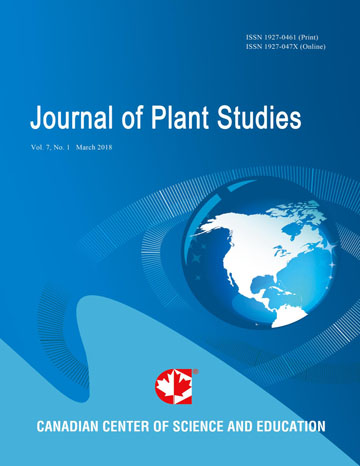Reproductive Strategy of Aegiceras corniculatum L. (Blanco.) - A Mangrove Species, in MNP&S, Gujarat, India
- Richa Pandey
- C. Pandey
Abstract
Mangroves occur in the tropical and subtropical inter-tidal regions of the world. Owing to their locations, they are expected to have a reproductive strategy which can facilitate generalized pollination. The present work has examined the floral biology, breeding system, pollinator resource and their efficiency, and the reproductive strategy of Aegiceras corniculatum L. (Blanco) at three islands (three populations) in Marine National Park and Sanstuary (MNP&S), Gulf of Kachchh, Gujarat, India. The temporal relations in the floral processes such as anther dehiscence, stigma receptivity and nectar secretion were studied and the results were juxtaposed to have comprehensive view. The floral life is very long (21 days) and the pace of floral transformation varies with the floral process. Significant diurnal variations in the stigma receptivity and nectar secretions influence the pollinators’ availability during different periods of the day. All the three breeding systems are present indicating occurrence of autogamy. However, strong protandry reduces its possibility to a significant level. Further, the asynchrony in the flowering processes at inflorescence level and the foraging behavior of pollinators increase the possibility of geitonogamy. The reproductive strategy of the plant is inclined towards cross pollination with keeping some possibility of self-pollination.
- Full Text:
 PDF
PDF
- DOI:10.5539/jps.v3n1p35
Journal Metrics
h-index (December 2021): 17
i10-index (December 2021): 37
h5-index (December 2021): N/A
h5-median(December 2021): N/A
( The data was calculated based on Google Scholar Citations. Click Here to Learn More. )
Index
Contact
- Joan LeeEditorial Assistant
- jps@ccsenet.org
